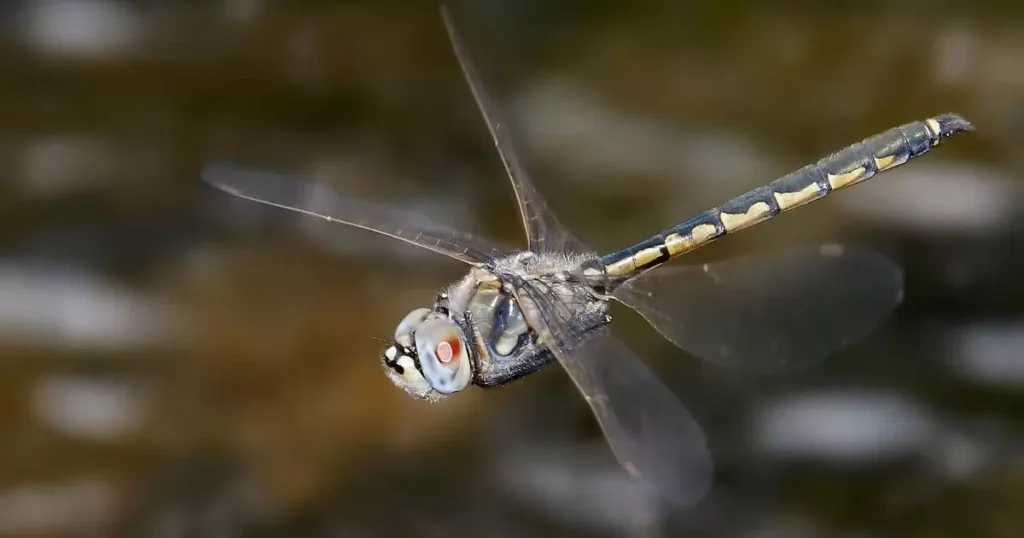Gnats are tiny, flying insects known for their nuisance to humans, especially in humid environments. Despite their small size, they often gather in large groups, making them an intriguing subject for collective nouns.
In this article, we delve into the collective nouns for gnats, explaining what these terms mean and providing illustrative examples of their use.
What Are Collective Nouns?
Collective nouns are words used to describe a group of individuals or things as a single entity. These nouns can refer to groups of people, animals, objects, and more. For instance, a group of lions is called a “pride,” while a group of fish is known as a “school.”
Collective nouns add depth and specificity to our language by offering unique terms that encapsulate the concept of many individuals acting together as one.
Best Collective Nouns For Gnats
- A cloud of gnats
- A swarm of gnats
- A horde of gnats
- A plague of gnats
- A host of gnats
- A mass of gnats
- A cluster of gnats
- A bunch of gnats
- A knot of gnats
- A skein of gnats
Collective Nouns List
A Cloud of Gnats
A cloud of gnats describes a large group of these insects hovering together in the air, often seen in humid environments.
Example Scenario
In the dim light of dusk, a cloud of gnats enveloped the hiker, making it challenging to see and breathe.

A Swarm of Gnats
A swarm of gnats refers to a densely packed group of these insects, typically seen moving together in search of food or mating opportunities.
Example Scenario
As the sun set, a swarm of gnats emerged from the marshland, creating a buzzing haze over the water.
A Horde of Gnats
A horde of gnats emphasizes the sheer number of these insects gathered in one place, often causing annoyance to humans.
Example Scenario
At the picnic, a horde of gnats descended upon the food, forcing the guests to seek shelter indoors.
A Plague of Gnats
A plague of gnats suggests an overwhelming presence of these insects, often leading to frustration and discomfort for those affected.
Example Scenario
After the heavy rains, a plague of gnats infested the gardens, making it nearly impossible to tend to the plants.
A Host of Gnats
A host of gnats denotes a large group of these insects, often seen congregating around sources of moisture or decaying matter.
Example Scenario
By the swamp, a host of gnats swirled around the stagnant water, their presence signaling the ecosystem’s vitality.
A Mass of Gnats
A mass of gnats describes a dense concentration of these insects, usually observed in areas with high humidity and ample breeding grounds.
Example Scenario
In the muggy air of summer, a mass of gnats formed near the riverbank, their incessant buzzing filling the air.
A Cluster of Gnats
A cluster of gnats refers to a compact group of these insects, often seen gathering on surfaces or around light sources.
Example Scenario
Under the porch light, a cluster of gnats buzzed around, drawn to the warmth and illumination.
What Are The Collective Nouns for “Weasels”
A Bunch of Gnats
A bunch of gnats suggests a loose gathering of these insects, typically seen flying in close proximity to each other.
Example Scenario
In the orchard, a bunch of gnats danced in the sunlight, their tiny bodies catching the rays.
A Knot of Gnats
A knot of gnats describes a tangled group of these insects, often seen swirling together in complex patterns.
Example Scenario
In the humid forest, a knot of gnats formed a swirling vortex, their movements synchronized in a mesmerizing dance.
A Skein of Gnats
A skein of gnats is a less common term that evokes the image of these insects flying together in a twisting, ribbon-like formation.
Example Scenario
Above the marshy wetlands, a skein of gnats twisted and turned, their synchronized flight resembling a living ribbon.

Interesting Facts About Gnats
- Gnats belong to the Diptera order of insects, which also includes flies and mosquitoes.
- There are various species of gnats, including fungus gnats, biting midges, and fruit flies, each with its own habitat and behavior.
- Gnats play important roles in ecosystems as pollinators and decomposers, despite their reputation as pests.
- Male gnats are often the ones responsible for the annoying buzzing and swarming behavior, as they seek out mates.
- Gnats have short lifespans, with most species living only a few weeks as adults.
Conclusion
Collective nouns offer a fascinating glimpse into the behavior and characteristics of groups of gnats, enriching our understanding of these ubiquitous insects.
From a swarm of gnats clouding the air to a plague of gnats invading outdoor gatherings, these terms vividly capture the experience of encountering these insects in their natural habitat.
The diversity of collective nouns reflects the diverse behaviors and environments in which gnats thrive, showcasing the richness of our language. Understanding and using these terms not only enhances our communication but also deepens our appreciation for the natural world and the creatures that inhabit it.



